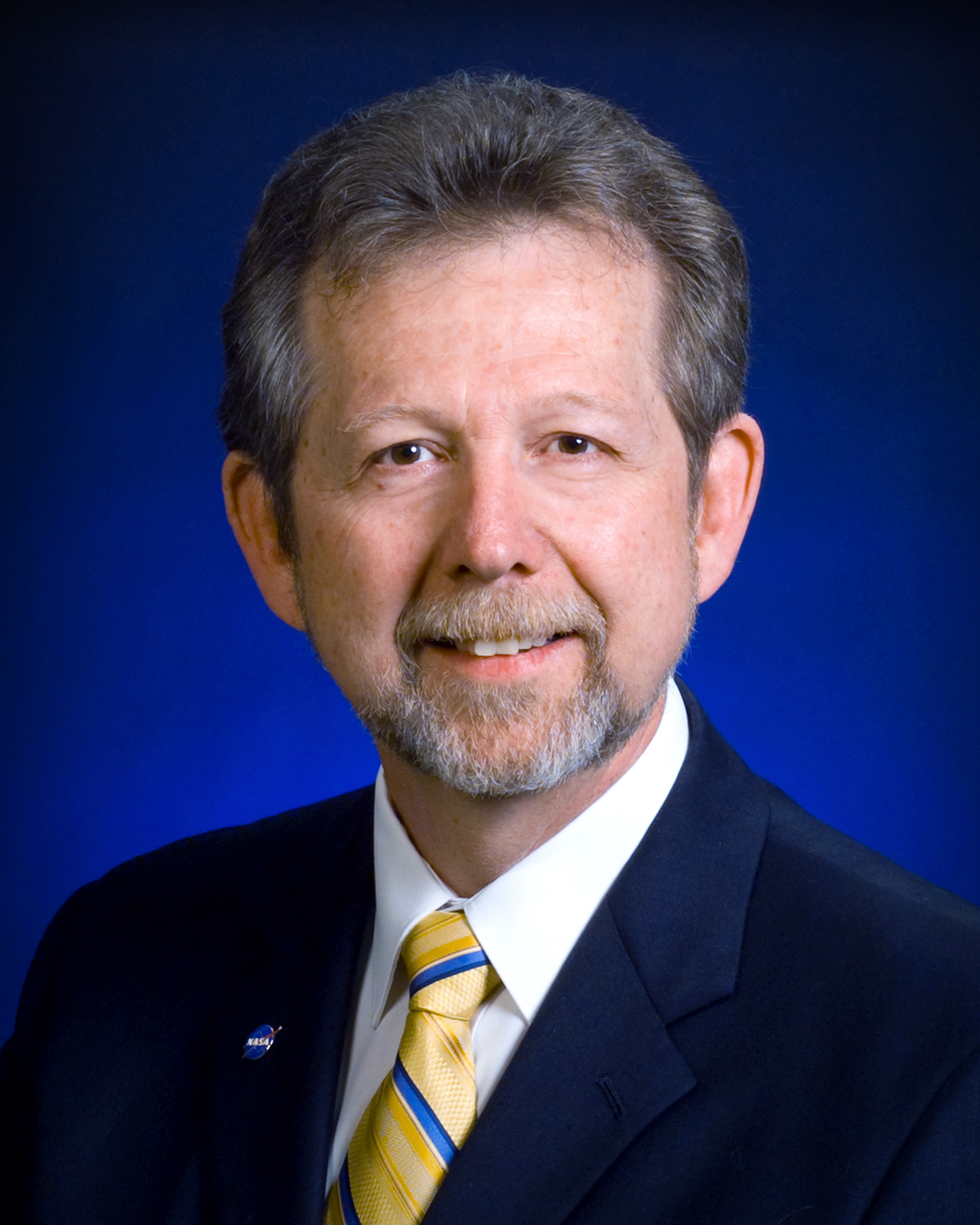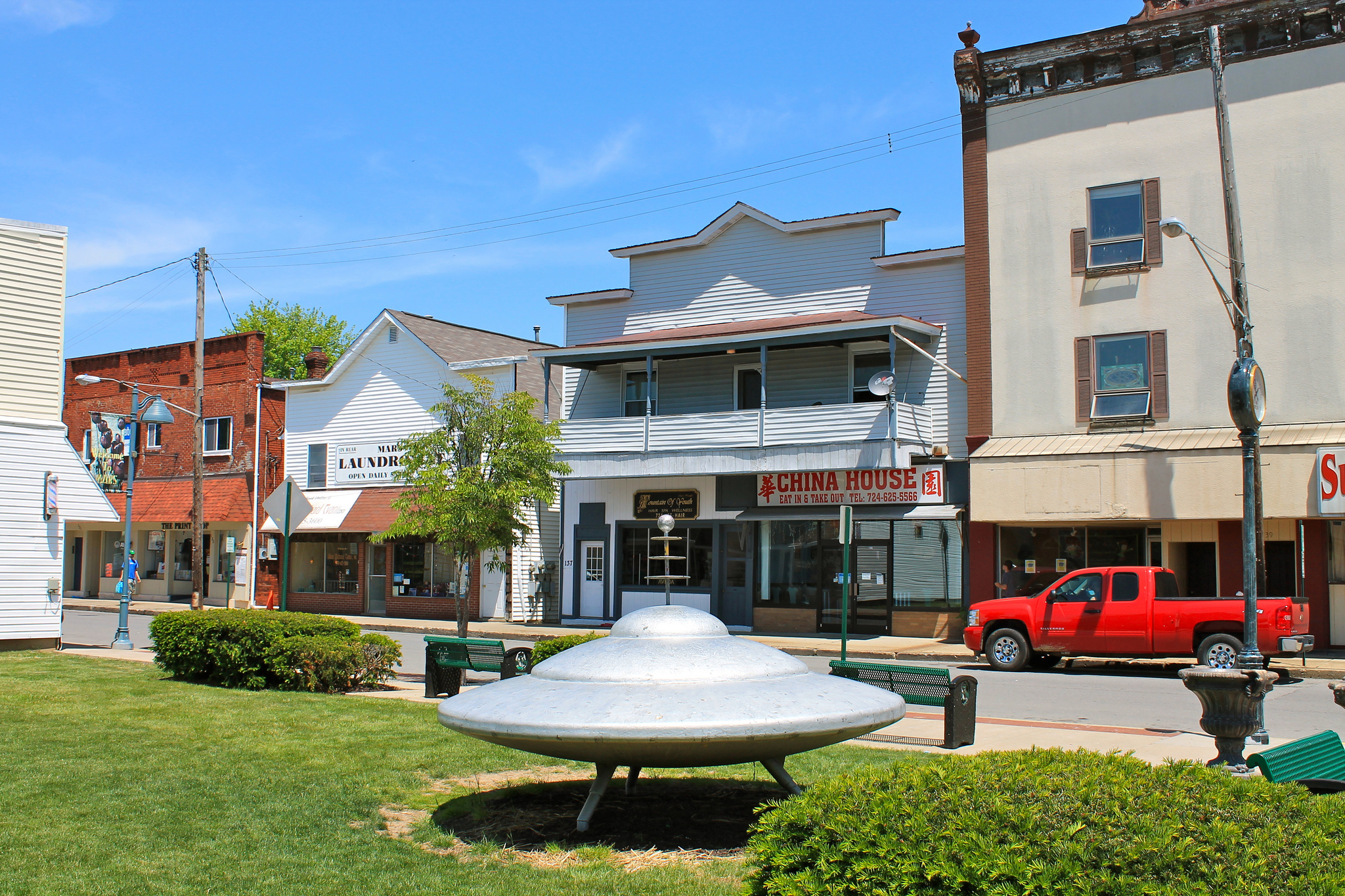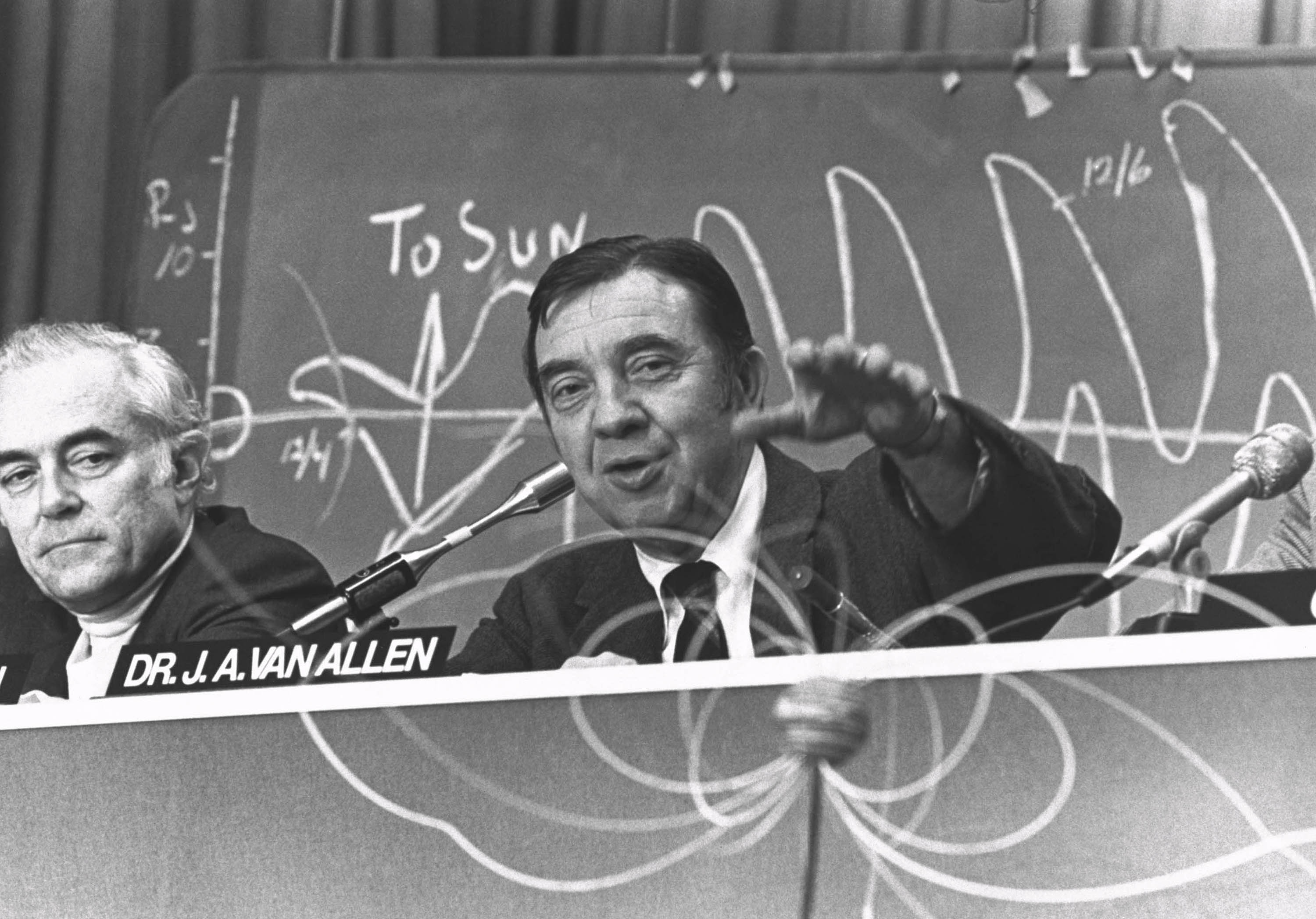Gravity Assist: An Interview with NASA's Jim Green
Jim Green, Director of NASA's Planetary Science Division, also hosts the popular Gravity Assist podcast, in which each episode he speaks to a fellow scientist about an aspect of NASA's exploration of the Solar System and beyond, from the craters of Mercury to the exoplanets of TRAPPIST-1, and everything in between. Here, he talks to Astrobiology Magazine's Keith Cooper about why he wanted to do a podcast, what it's like to give a 'gravity assist' and what his own gravity assist was as a student.
Where did the name for the podcast, Gravity Assist, come from?
The name actually comes from an experience I had several years ago in a small town called Mars, in Pennsylvania. The Mayor of Mars called us and wanted to have a big celebration in town centered around the theme of 'Mars'. So he wanted to know what would be a great event to celebrate, and I just grabbed my Martian calendar and said, "well if you're looking for something coming up this spring, Mars is at equinox". He asked me what should we call that, and I thought, about and said, "well we'll just call it the Mars New Year!" He loved the idea, so every couple of years they celebrate the Mars New Year. For the first one we had about one-hundred NASA representatives — it was really great! They had displays and we had rovers, driving the rovers with kids, and a little boy pretty much followed me around all day, and he and I chatted and I gave him my card and drove rovers with him and it was just delightful. Then about nine months later I received an e-mail from his father, and he said that his son has just really blossomed in school; he was getting good grades in maths and science, he's building the Juno spacecraft out of Lego and telling him his dad all about space, and his father wanted to thank me for giving his son a 'gravity assist', and I got it immediately.
What's coming up next on the show?
I want to talk to the scientists who are really doing the fantastic cutting-edge research, the kind of things that won't get into science books for many years. I've interviewed NASA's Dominic Benford about how our Solar System is oriented in our galactic spiral arm and how we move around our Galaxy, and how that galactic motion is so much different than we imagined and doesn't follow Kepler's laws unless you add some other things, like dark matter, things that we don't see.
In addition to that we're going to be talking about some of our past and future missions. I've talked with Steve Squyres about the Spirit and Opportunity rovers on Mars, we're going to talk about the re-discovering an old spacecraft called IMAGE, which we lost in 2005 and then 13 years later all of a sudden it just started transmitting and was actually found by an amateur. Then we're going to talk about planetary defense, we're going to hear about the TRAPPIST-1 exoplanet system, we'll talk about volcanoes in the Solar System and on Earth, we'll go back to the Sun and talk much more about sunspots, and then the jets on Europa and Enceladus, so we're going to be all over the Universe.
What does it feel like to be able to give 'gravity assists' to young people?
Breaking space news, the latest updates on rocket launches, skywatching events and more!
To give you an example, we did one podcastw ith Andy Weir [the author of The Martian]. I was a consultant on the movie version of The Martian, and that's where I got to know him, and when we did the podcast I learned something really important. Andy had gotten a lot of requests from teachers across the country to produce a sanitized version of The Martian, something that doesn't have all the [bad] language in it, and the reason for this was that the teachers wanted to give their students the book, give them the formulae, here's the situation, now see if you get the same results that Mark Watney gets and then executes in the book.
Andy got so many requests for it that he asked Crown [the publishers] to do that, and what he later realized is that he was giving the kind of gravity assist he himself had received when he was young, to all these students who are getting immersed in the book. It never occurred to me, as it didn't with Andy, that I would ever be one of those people who would give gravity assists, but indeed I have, and that's really tremendously satisfying to me, knowing that what I do matters enough that kids get it and want to emulate it. Andy didn't think he could do it. In fact as we were doing the interview he got a little choked up over it as we were talking about inspiring kids, and I could see he was very emotional, that this was a passion for him and that he wanted to create a book that could reach these kids.
How popular is the Gravity Assist podcast among young people?
The podcasts are popular with a segment of kids that we weren't reaching, typically. NASA had a couple of podcasts going that seemed to be popular but they were technical and we wanted to do something that was scientific but more conversational, and I knew exactly what I wanted to do.
What was your own gravity assist when you were young?
I had the opportunity to have a fantastic high school teacher who was the director of an observatory, so I had a 12-inch Alvan Clark refracting telescope at my beck and call. In high school I was doing all kinds of stuff, observing the Sun. Then when I went to study at the University of Iowa, in my first semester I took astronomy 101, which was taught by Dr James Van Allen [of the Van Allen radiation belts fame]. So I walked into the classroom and there's about 400 kids there in the biggest auditorium they had at the university. In the second semester I took a small course called Readings in Astronomy, taught by 'staff', and when you see that in the course catalog it typically means a graduate student, but I loved astronomy so I was going to take it no matter what. It was in room 701, Van Allen Hall, and I went up to the room at the designated time, opened the door and walked in, and the room looked like a warehouse with tape racks, print-outs, it looked just like a place where people brought stuff to store. So I stood there wondering if I was in the right room, when Dr Van Allen leaned from behind a bookcase and said, "Jim, you're in the right room and you're my only student".
So I had Dr Van Allen for a semester, and once he knew I used a telescope and took observations of the Sun consecutively for three months over two summers, he said let's do some research with that, and that research turned out to be about sunspot rotation, and so I took measurements of sunspots from the data that I had collected with the 12-inch Alvan Clark refractor and wrote my first science paper and he was the referee. So here I am, a freshman, and at the end of that semester I knew exactly what I wanted to do, which was scientific research. I changed advisors to one of Van Allen's former students, Don Gurnett who was a professor at Iowa, and I worked with Don on the Voyager data, and data on Earth's magnetosphere and the solar wind, and it was just spectacular, but it was really Dr Van Allen who fine-tuned my direction, as well as having the opportunity of having a high school teacher who get me started in this direction, and they were the people who gave me my gravity assists.
To learn more about the Gravity Assist podcast, visit the website.
This story was provided by Astrobiology Magazine, a web-based publication sponsored by the NASA astrobiology program. This version of the story published on Space.com. Follow us @Spacedotcom, Facebook or Google+.

Keith Cooper is a freelance science journalist and editor in the United Kingdom, and has a degree in physics and astrophysics from the University of Manchester. He's the author of "The Contact Paradox: Challenging Our Assumptions in the Search for Extraterrestrial Intelligence" (Bloomsbury Sigma, 2020) and has written articles on astronomy, space, physics and astrobiology for a multitude of magazines and websites.





